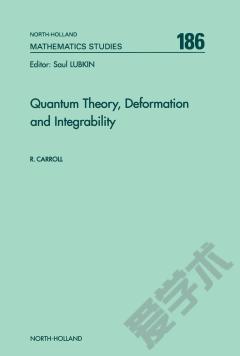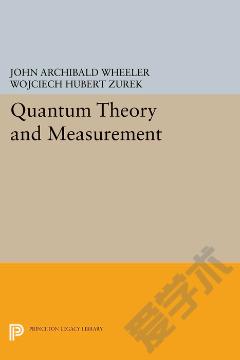Quantum Theory, Deformation and Integrability
About four years ago a prominent string theorist was quoted as saying that it might be possible to understand quantum mechanics by the year 2000. Sometimes new mathematical developments make such understanding appear possible and even close, but on the other hand, increasing lack of experimental verification make it seem to be further distant. In any event one seems to arrive at new revolutions in physics and mathematics every year. This book hopes to convey some of the excitment of this period, but will adopt a relatively pedestrian approach designed to illuminate the relations between quantum and classical. There will be some discussion of philosophical matters such as measurement, uncertainty, decoherence, etc. but philosophy will not be emphasized; generally we want to enjoy the fruits of computation based on the operator formulation of QM and quantum field theory. In Chapter 1 connections of QM to deterministic behavior are exhibited in the trajectory representations of Faraggi-Matone. Chapter 1 also includes a review of KP theory and some preliminary remarks on coherent states, density matrices, etc. and more on deterministic theory. We develop in Chapter 4 relations between quantization and integrability based on Moyal brackets, discretizations, KP, strings and Hirota formulas, and in Chapter 2 we study the QM of embedded curves and surfaces illustrating some QM effects of geometry. Chapter 3 is on quantum integrable systems, quantum groups, and modern deformation quantization. Chapter 5 involves the Whitham equations in various roles mediating between QM and classical behavior.
{{comment.content}}








 京公网安备 11010802027623号
京公网安备 11010802027623号